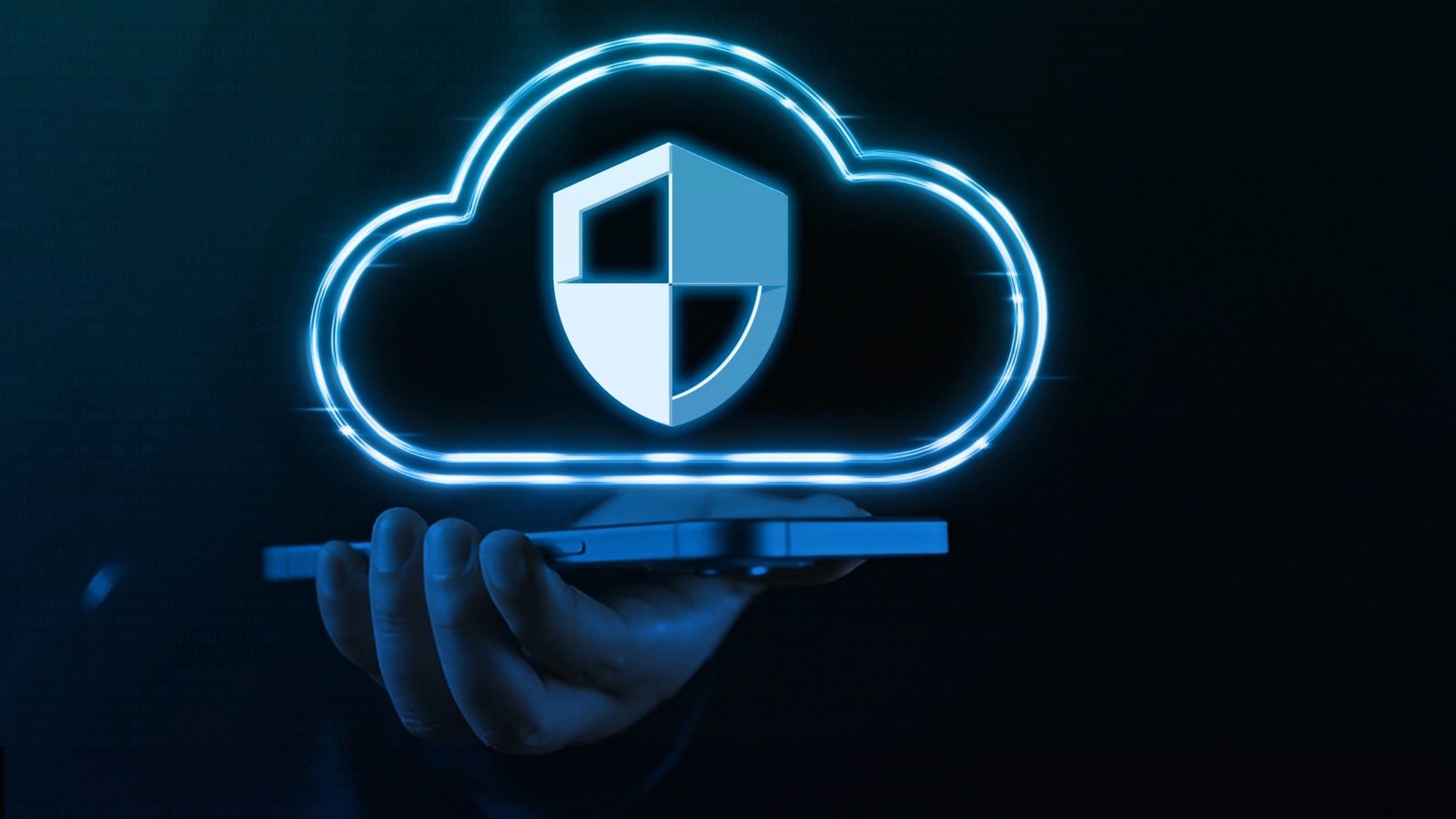In today’s hyper-connected digital landscape, businesses rely on a blend of edge computing and cloud infrastructure to deliver fast, scalable, and resilient services. While this hybrid approach offers immense benefits, it also introduces complex challenges in management, security, and performance optimization.
Managing edge and cloud infrastructure requires balancing latency, data sovereignty, cost efficiency, and security—all while ensuring seamless integration between distributed systems. In this article, we’ll explore the key challenges IT teams face and how businesses can navigate them effectively.
1. Latency and Performance Optimization
One of the primary reasons organizations adopt edge computing is to reduce latency by processing data closer to the source. However, integrating edge with cloud infrastructure introduces performance challenges:
- Inconsistent Latency: While edge nodes minimize delay for local processing, synchronizing with centralized cloud systems can create bottlenecks.
- Bandwidth Constraints: Transmitting large datasets from edge devices to the cloud can strain network bandwidth, leading to slowdowns.
- Real-Time Processing Demands: Applications like IoT, autonomous vehicles, and industrial automation require near-instantaneous decision-making, making latency management critical.
Solution: Implement edge-to-cloud orchestration tools that prioritize critical workloads and optimize data flow. Techniques like data filtering (sending only essential data to the cloud) and predictive caching can enhance performance.
2. Security and Compliance Risks
Managing security across distributed edge devices and centralized cloud servers is a growing concern. Key risks include:
- Expanded Attack Surface: Each edge device is a potential entry point for cyber threats, increasing vulnerability.
- Data Privacy Regulations: Compliance with GDPR, HIPAA, or CCPA becomes complex when data is processed across multiple jurisdictions.
- Lack of Standardized Security Protocols: Edge devices often run on varied hardware/software, making uniform security enforcement difficult.
Solution: Adopt a zero-trust security model, enforce end-to-end encryption, and deploy AI-driven threat detection to monitor anomalies across edge and cloud environments.
3. Scalability and Resource Management
Scaling edge-cloud hybrid systems efficiently is challenging due to:
- Dynamic Workloads: Traffic spikes (e.g., during peak hours or cyberattacks) require automatic scaling, but edge resources are often limited.
- Resource Fragmentation: Managing compute, storage, and networking across thousands of edge nodes and cloud servers leads to inefficiencies.
- Cost Overruns: Over-provisioning cloud resources while underutilizing edge capacity can inflate expenses.
Solution: Use Kubernetes-based edge computing and serverless cloud functions to dynamically allocate resources based on demand.
4. Data Synchronization and Consistency
Maintaining real-time data consistency between edge devices and the cloud is difficult because:
- Network Disruptions: Intermittent connectivity can lead to data desynchronization.
- Conflicting Updates: Multiple edge nodes updating the same dataset simultaneously can cause version conflicts.
- Data Redundancy: Storing redundant data at both edge and cloud increases storage costs.
Solution: Implement conflict-free replicated data types (CRDTs) and event-driven architectures to ensure seamless synchronization.
5. Cost and ROI Uncertainty
Deploying and managing edge-cloud infrastructure involves significant investment, with challenges like:
- High Initial Setup Costs: Deploying edge hardware (e.g., IoT gateways, micro data centers) requires capital expenditure.
- Operational Complexity: Managing distributed infrastructure increases staffing and maintenance costs.
- Unpredictable Cloud Spending: Pay-as-you-go cloud models can lead to unexpected bills if not monitored.
Solution: Conduct a total cost of ownership (TCO) analysis, leverage edge-as-a-service offerings, and use cloud cost management tools like AWS Cost Explorer.
6. Skill Gaps and Operational Complexity
Managing hybrid edge-cloud environments demands expertise in:
- Distributed Systems Architecture
- Network Security & Compliance
- AI/ML for Predictive Analytics
However, many organizations face a shortage of skilled professionals, leading to operational inefficiencies.
Solution: Invest in upskilling IT teams, partner with managed service providers (MSPs), and adopt unified management platforms like Azure Arc.
Conclusion: Striking the Right Balance
Successfully managing edge and cloud infrastructure requires a strategic approach that addresses latency, security, scalability, data consistency, cost, and skill gaps. By leveraging automation, AI-driven tools, and best practices in orchestration, businesses can optimize performance while minimizing risks.
As technology evolves, organizations that master edge-cloud integration will gain a competitive edge—delivering faster, more reliable, and secure digital experiences.
